Impact Toughness
Relationship Between Indentation Test and Impact Toughness
Impact toughness indicates a material's resistance to fracture under dynamic loading, and the indentation test is related to impact toughness. While the indentation test does not directly measure impact toughness, the conditions generated during indentation are similar to those of an impact load, allowing for an indirect evaluation.
1Stress and Strain Response
During an indentation test, localized plastic deformation occurs beneath the indenter, accompanied by a complex multiaxial stress state. Compressive stress acts at the contact point, while tensile stress affects the surrounding area, creating deformation mechanisms and failure modes similar to those under impact loading. By analyzing the slope of the indentation curve, one can assess the strain hardening behavior that affects impact toughness.
 A steep slope indicates high resistance to plastic deformation and low impact toughness, with a higher likelihood of brittle fracture.
A steep slope indicates high resistance to plastic deformation and low impact toughness, with a higher likelihood of brittle fracture.
 A gradual slope indicates greater energy absorption through plastic deformation, resulting in higher impact toughness.
A gradual slope indicates greater energy absorption through plastic deformation, resulting in higher impact toughness.
2Dissipation and Plastic Zone Formation
The plastic zone in the indentation area is closely related to impact toughness. Efficient energy dissipation through plastic deformation results in high impact toughness. The size of the plastic zone formed during an indentation test can be used to estimate the material's ability to absorb impact energy. Energy during indentation is stored and dissipated through elastic and plastic deformation, and materials that can absorb energy without failure exhibit higher impact toughness.
Figure 1. Concept of Elastic and Plastic Work During an Indentation Test
3Relationship Between Hardness and Toughness
Hardness and toughness are closely related, with harder materials generally exhibiting lower impact toughness. The Meyer index is an indicator of hardness and strain hardening characteristics, which can be used to evaluate a material's energy absorption ability under impact loads.
 A higher Meyer index increases dislocation density due to strain hardening, which lowers impact toughness.
A higher Meyer index increases dislocation density due to strain hardening, which lowers impact toughness.
 An optimal Meyer index strikes a balance between deformation resistance and ductility, enhancing impact toughness.
An optimal Meyer index strikes a balance between deformation resistance and ductility, enhancing impact toughness.
Figure 2. Differentiation Between Ductility and Brittleness Using the Meyer Index
Impact Toughness Evaluation
After differentiating between ductile and brittle materials using the Meyer index, a mathematical function is used to evaluate impact toughness in detail. This function includes parameters such as the slope of the indentation load curve (p), material parameters (A), Meyer index (m), and indentation work (W), which are used to predict impact toughness. The impact toughness values obtained from the indentation test typically align closely with those from the Charpy V-notch (CVN) test, with a margin of error within 20%. As a result, IIT is gaining recognition as a reliable method for evaluating impact toughness in fields such as nuclear energy.
Figure 3. Comparison of Impact Toughness between CVN and IIT
Temperature Effects and Ductile-Brittle Transition
The impact toughness of materials varies significantly with temperature. As temperature decreases, materials transition from aductile toa brittle, known as the ductile-brittle transition. By performing indentation tests at low temperatures, the Meyer index can be determined, and the impact toughness variation with temperature can be assessed.
Figure 4. Specifications of Low-Temperature Indentation Chamber System
Figure 5. Role of the Meyer Index in the Ductile-Brittle Transition
 A steep slope indicates high resistance to plastic deformation and low impact toughness, with a higher likelihood of brittle fracture.
A steep slope indicates high resistance to plastic deformation and low impact toughness, with a higher likelihood of brittle fracture. A gradual slope indicates greater energy absorption through plastic deformation, resulting in higher impact toughness.
A gradual slope indicates greater energy absorption through plastic deformation, resulting in higher impact toughness.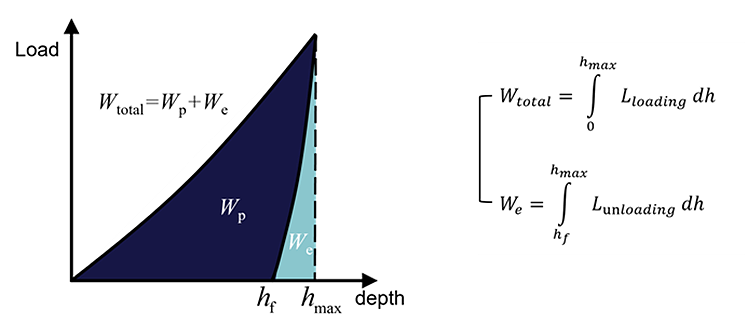
 A higher Meyer index increases dislocation density due to strain hardening, which lowers impact toughness.
A higher Meyer index increases dislocation density due to strain hardening, which lowers impact toughness. An optimal Meyer index strikes a balance between deformation resistance and ductility, enhancing impact toughness.
An optimal Meyer index strikes a balance between deformation resistance and ductility, enhancing impact toughness.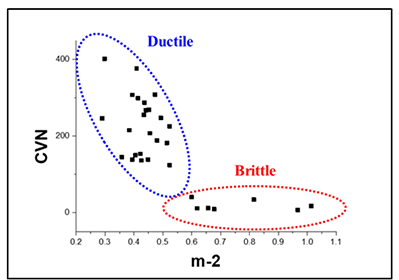
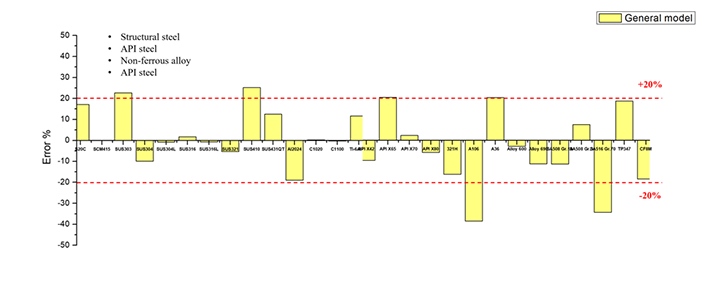
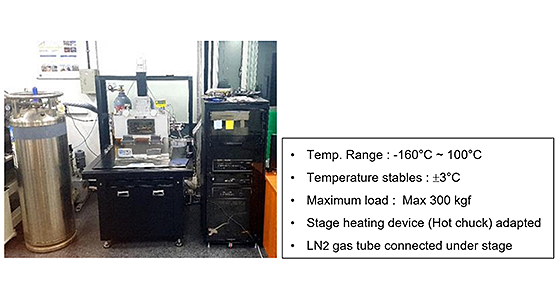
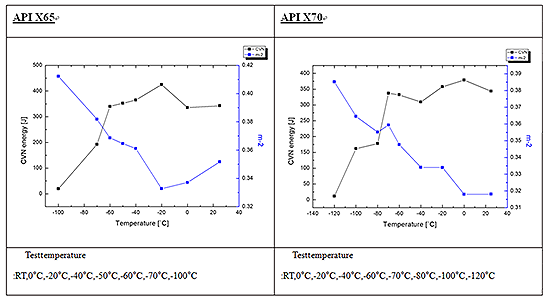

 Directions
Directions


